|
This piece was written in 2013, was given as a talk at UC Berkeley, and was published in nineteen sixty-eight, the Ethnic Studies journal at UCB. This is an excerpt. 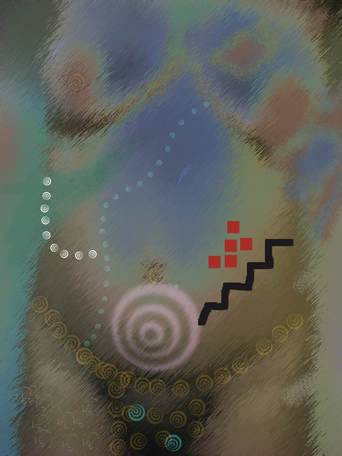 The body is a storyteller. Each act of illness is an epic tale about interactions of flesh, spirit, and environment, for which we have no language, since we have split existence into these three domains. Language, naming, is a way to make the overwhelming sensory flood of experience manageable, and for the sake of defining this against that, we distinguish things, separate them, hold them against each other, make culture and are made by it, and still the truth of our bodies lies in a realm language can’t fully grasp, because to speak truly means surrendering the categories on which we have built our sense of reason and control, categories that are the tools of our daily work, as practical in their uses as scissors and hoe. 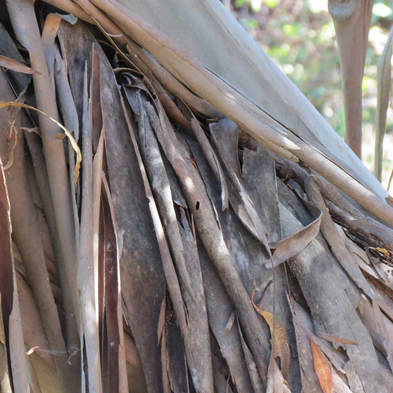 Consider skin: living in my skin, we say, jumping out of my skin, skin the boundary between us and not us, skin the receptacle of selfhood, skin, the percentages and shades of melanin, used to further shuffle and deal out the human deck, arrange us on a spectrum, dole out more and less of everything based on these degrees of difference in how we reflect light into each other’s eyes. We think skin is like the walls of our houses, that only sharp objects, or very hot ones, can open it, but skin is permeable. It isn’t the barrier between us and the world, it’s a conversation, cells lined up in a smooth collaboration, a layered surface that is constantly exchanging molecules with everything else. What’s more, a surface full of doors and windows, through which all kinds of wildlife passes. If skin is the wall of a house, that house is made of dried grass, is full of insects and small mammals and nesting birds, is its own habitat, constantly shedding stalks, or, to change the metaphor, is made of soft wood, growing mosses and mushrooms on its surface even as the shredded bark and wood fall away into the rich surrounding soil. Like anyone whose life depends on being heard, our bodies tell their stories over and over and louder and louder until they are shouting, spewing symptoms. But wait. There’s that word body again, with its lie of separation. And yet it’s far too bulky to keep saying body-mind-nature-thing. So, I am renaming it here and now. I will call it guanakán which is constructed from Taíno language parts to mean “our center,” that cloudy gathering of denser particles and pulses in which our awareness exists. Our location. From now on, when I say guanakan speaks, when I hand it to you, take it to be a basket in which everything we think of as body and mind and spirit and ecosystem coexist, and often, but not always, are each other. Well, then guanakan must tell its story. It does so without conscious decision. Storytelling is its being. When a hard object, denser than flesh, strikes flesh—a billy club, say—the strands of light and protein we call nerves begin winking and flashing their signal, telling receptors everywhere “something is harming us” which we call pain, and clusters of molecules rush out into the bloodstream, shouting at the legs to run, pulling blood away from its other work, away from gut and face and the many places of daily chores, into the trembling muscles of the thighs, and we call this fear. Coagulants crowd around the broken tissues, making bruises but preventing hemorrhage. At the same time the synapses of memory summon up images of other beatings, layers of them: clubs that struck the same body, that struck the body before this one, since all cells except the brain shed over the course of seven years, like a slow forest where it is always autumn and spring together Clubs that struck others in our sight, clubs we heard about, historical clubs, the memories of which coat the surfaces of strands of DNA like slick oil, epigenetically instructing the body that the club is always falling, because in some generation before us, neither fight nor flight was possible or complete, and an ancestral body remained flooded with cortisol, shuddering with it, subtly altering the methyl layers of its genes. So, whether or not the club is still falling, parts of the guanakan still tremble with norepinephrine, images of past dangers still crowd what we call the inner eye, imagination and flesh collaborate to tell a story in which past and present are woven together into a composite, layered diagram of what is happening in the eternal now, and worst of all, what can be expected. My guanakán suffered a series of invasions, which set up a repeating story of danger, which in turn shaped the behavior of the guanakán. My guanakán also inherited a huge stack of orders from the past, many of them meant to help with survival, the way sickle cells are meant to help with malaria but create so many other problems. Some of the orders are inexplicable. Random scramblings of genetic code. It’s hard to tell, because they have been translated from the original, passed through many hands, become smudged. They are incomplete fragments of an indecipherable past, coded inheritances, made up of traumas and unpredictable changes and cross pollinations. My guanakán, already attuned to danger by invasion, has been gifted with nine CYP 450 polymorphisms, nine disturbances in the field of protection. Diesel fumes and tobacco, charred protein and estrogen, non-steroidal anti-inflammatories and blood thinners, phenobarbitol and bacon, all move differently through the guanakan, more slowly, leaving more damage in their wake. This is what I have inherited. Tiny broken places, gateways to change. We are all of us full of unfinished stories, fragmented instructions, maps to places that may or may not exist any longer, new and ingenious responses to a changing environment, some of them life-saving, some of them sickening, some of them fatal, life continually exploring new pathways in the guanakán. We have lost a great deal of early knowledge about how to guide those explorations and other knowledge we are only now seeing sprout above the soil line of our collective questions. This I know: the arc of a story must be completed or it stays in the guanakán and becomes a disturbance. It grows hard and dense and begins to have more mass, or becomes louder, alters the chemistry of emotion, the bones of belief on which we hang our perceptions, starts sparking, fluctuating, crackling, depending on where it expresses itself between matter and energy, particle and wave. A story whose arc is interrupted causes detours, must be stepped around, begins changing everything near it, has its own gravitational pull. Some of the unfinished stories we carry were forced on us: you are a person to whom it is right that these things be done. You a person to be raped, to be paid less, to be made to live downwind from terrible smokestacks that corrode your lungs. You are a person who cannot think very well, who burdens the rest of us by existing. Broken stories like these make blood run the wrong way, make breath shallow, fill the arteries with plaque, distract the antibodies from devouring cancer cells before they can form tumors and take over, cause the voice to shrivel, make the imagination flinch, generate heavy clouds of despair that reorganize our neurotransmitters. But the story of what is broken is itself something whole. These broken stories must be completed through our telling, our owning; like the roots of poisonous plants, they must be pulled up and laid in the sun to dry, so that by steeping, boiling, grinding, they can be made into medicine.
0 Comments
Your comment will be posted after it is approved.
Leave a Reply. |
About Aurora
Aurora Levins Morales is a disabled and chronically ill, community supported writer, historian, artist and activist. It takes a village to keep her blogs coming. To become part of the village it takes, donate here. Never miss a post!
Click below to add this blog to your favorite RSS reader: Archives
September 2017
Categories
All
|
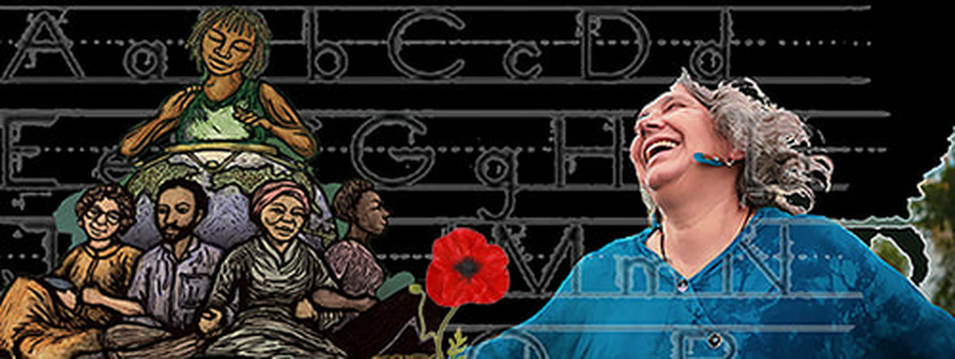
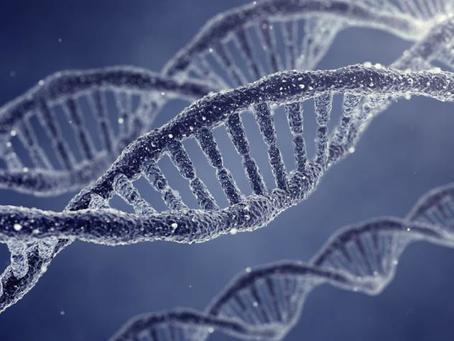
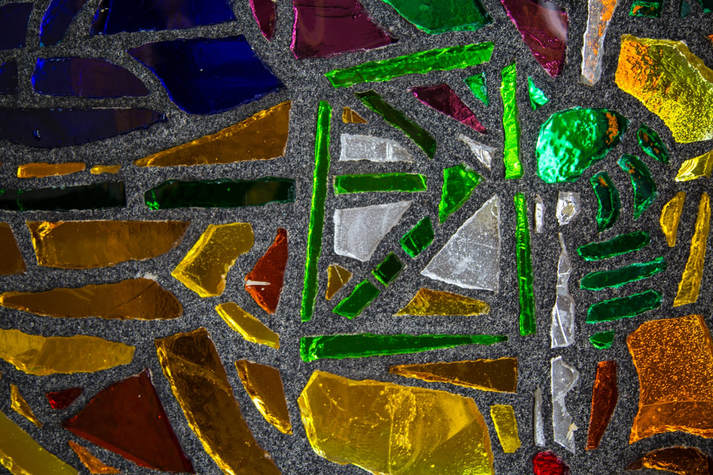
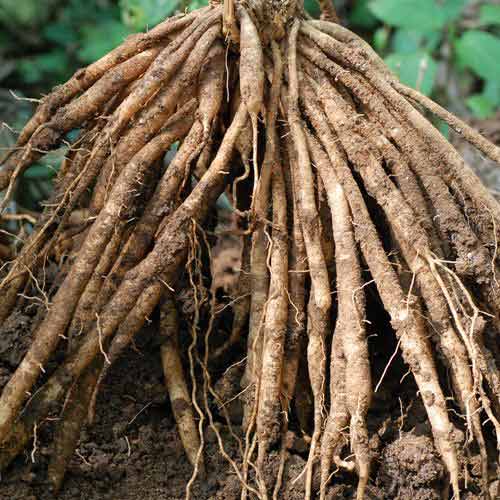
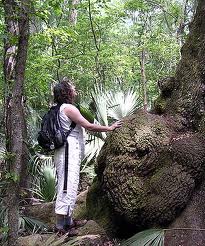
 RSS Feed
RSS Feed
